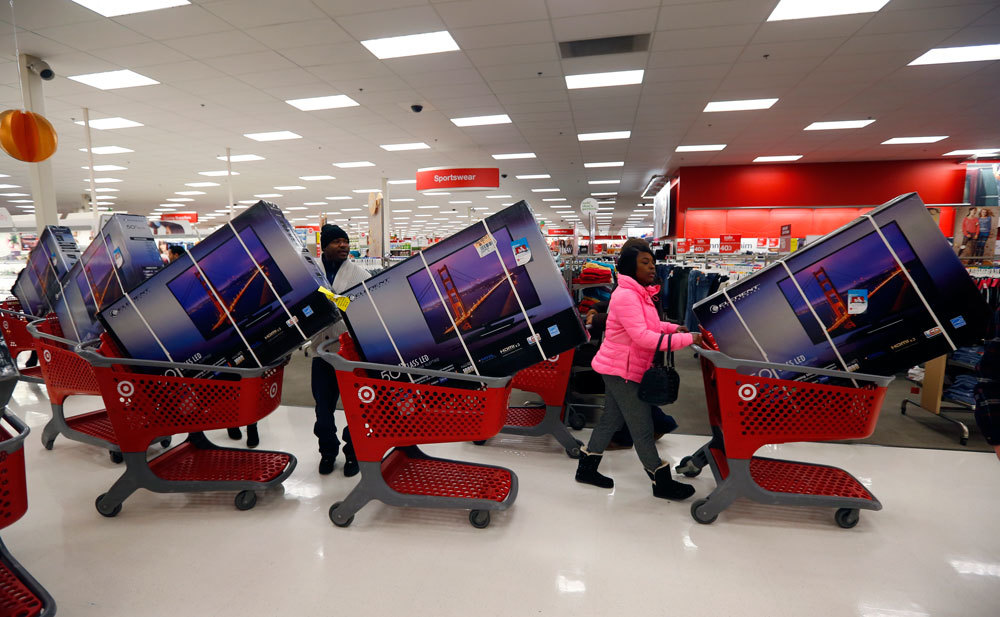Shopping
UK Consumers Love to Shop From the Comfort of Their Homes

Shoppers in the United Kingdom love eCommerce, disproportionately preferring to make purchases online without engaging with physical stores, PYMNTS Intelligence reveals.
By the Numbers
The PYMNTS Intelligence study “2024 Global Digital Shopping Index: U.K. Edition,” commissioned by Visa Acceptance Solutions, drew from a survey of 2,200 U.K. consumers to understand recent trends in U.K. consumer behavior and to document shifting channel experiences in retail.
The study found that 1 in 3 shoppers prefers to make purchases for delivery from the comfort of their homes, not interacting with stores at any point in this retail journey.
This share is higher than other countries, which tend more towards Click-and-Mortar™ purchases. The Global Edition of the study, which drew from a survey of nearly 14,000 consumers across seven countries, found that only 29% of shoppers across these markets prefer to shop digitally without going into stores.
The Data in Context
In an interview with PYMNTS last year, Thomas Marks, head of growth at sticky.io, explained that the pandemic, which led to a rapid increase in subscription commerce volumes across Europe, particularly in Germany and the U.K., has caused a shift in mindsets, driving home the idea of convenience and value for European consumers.
“[European consumers] are starting to value the convenience of subscriptions and having things just show up at your door that you can replenish on a weekly or monthly period,” he added.
For many of these shoppers, stores are subsidiary to the eCommerce journey.
“Retailers think they’ve checked the digital and digital transformation box because they’ve ‘gone online’ and embraced omnichannel,” PYMNTS’ Karen Webster observed in a feature earlier this year. “Yet for many, omnichannel is code for getting consumers into their stores after picking out something online. Thinking store-first cost retailers dearly when the world moved online in the mid-2010s, and today they are paying the price.”









